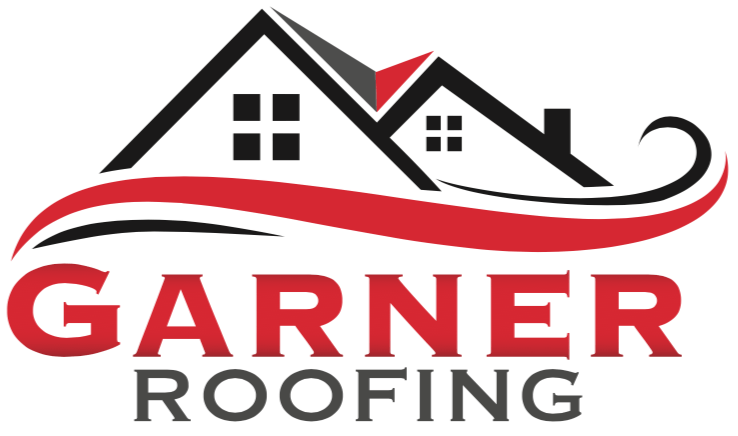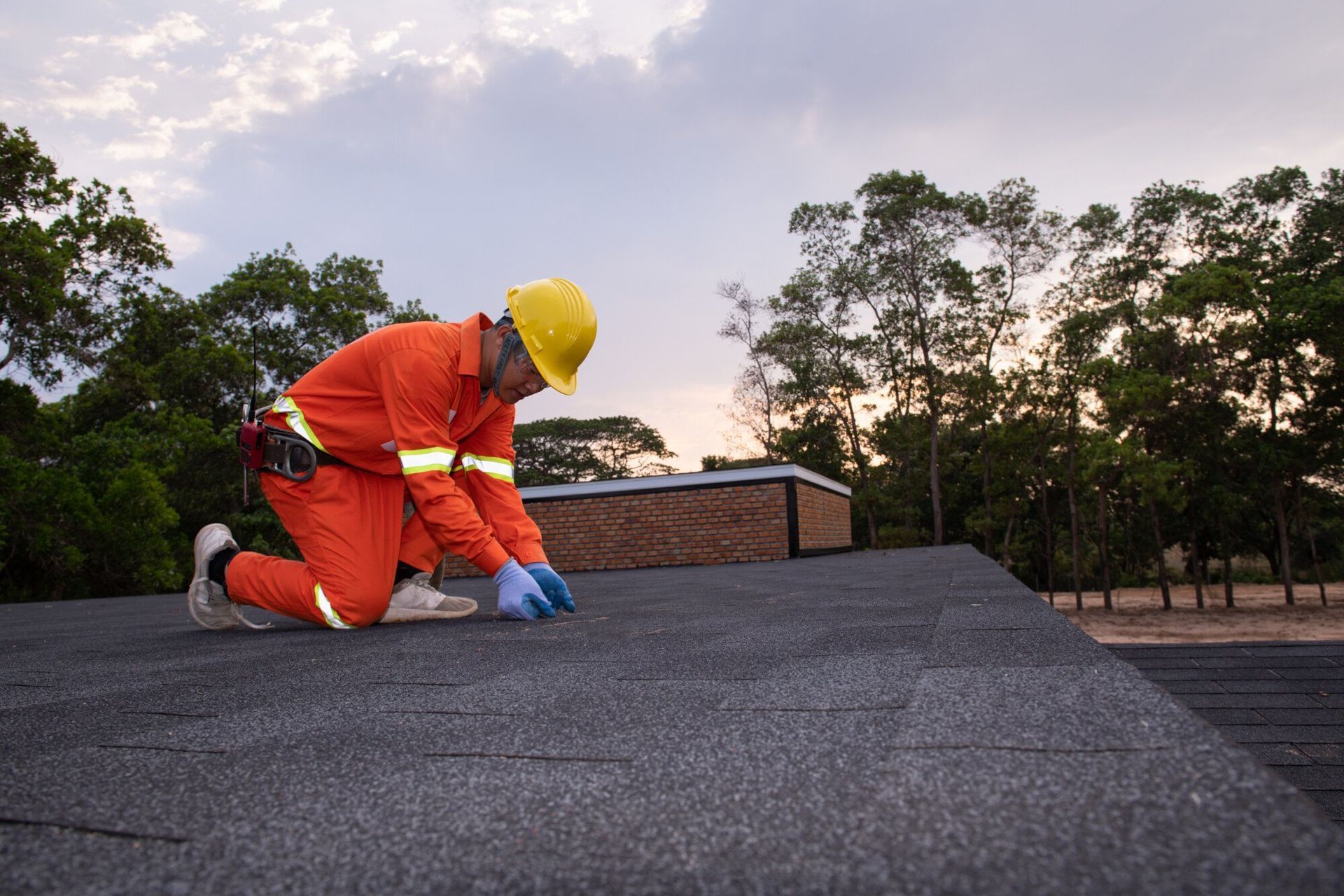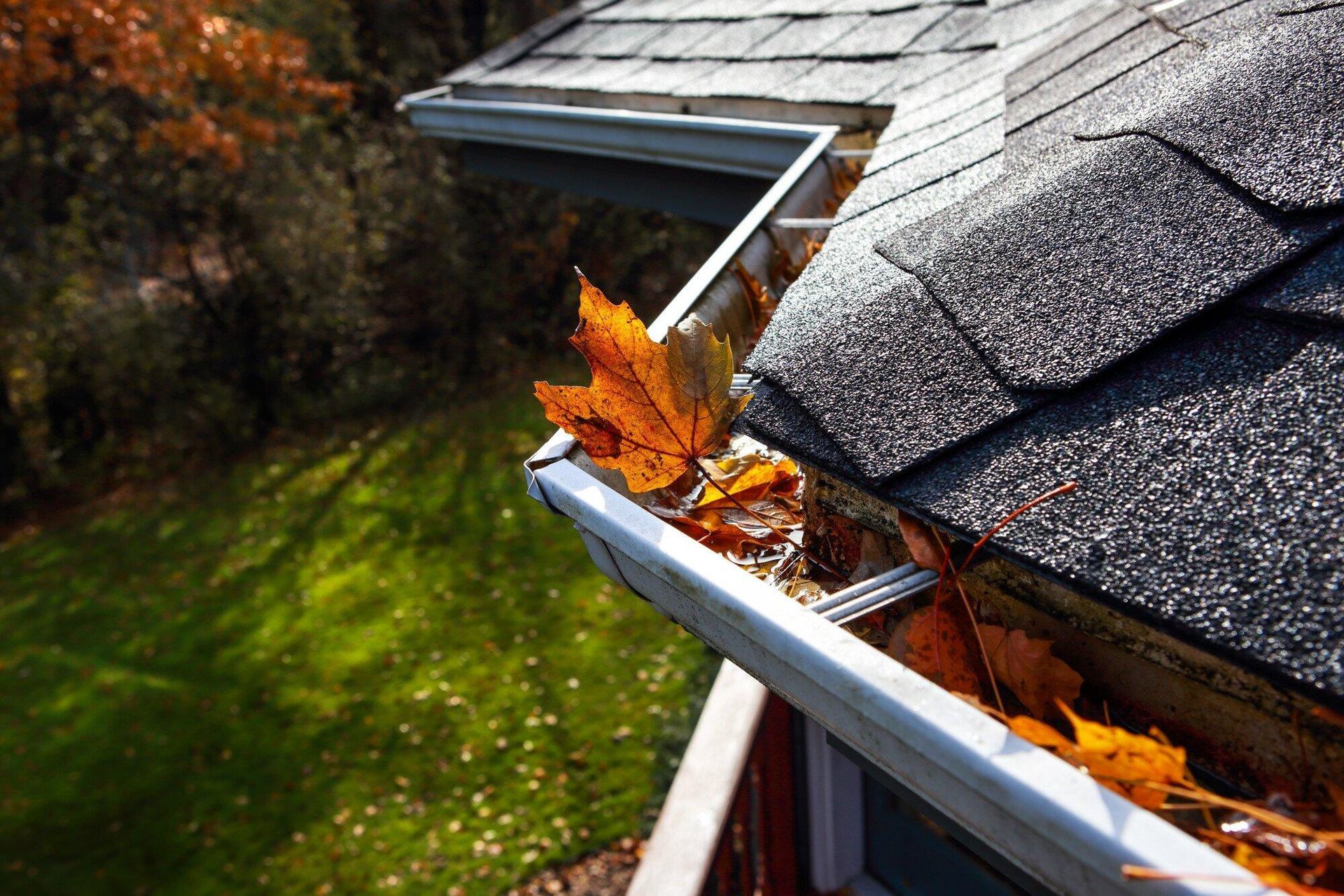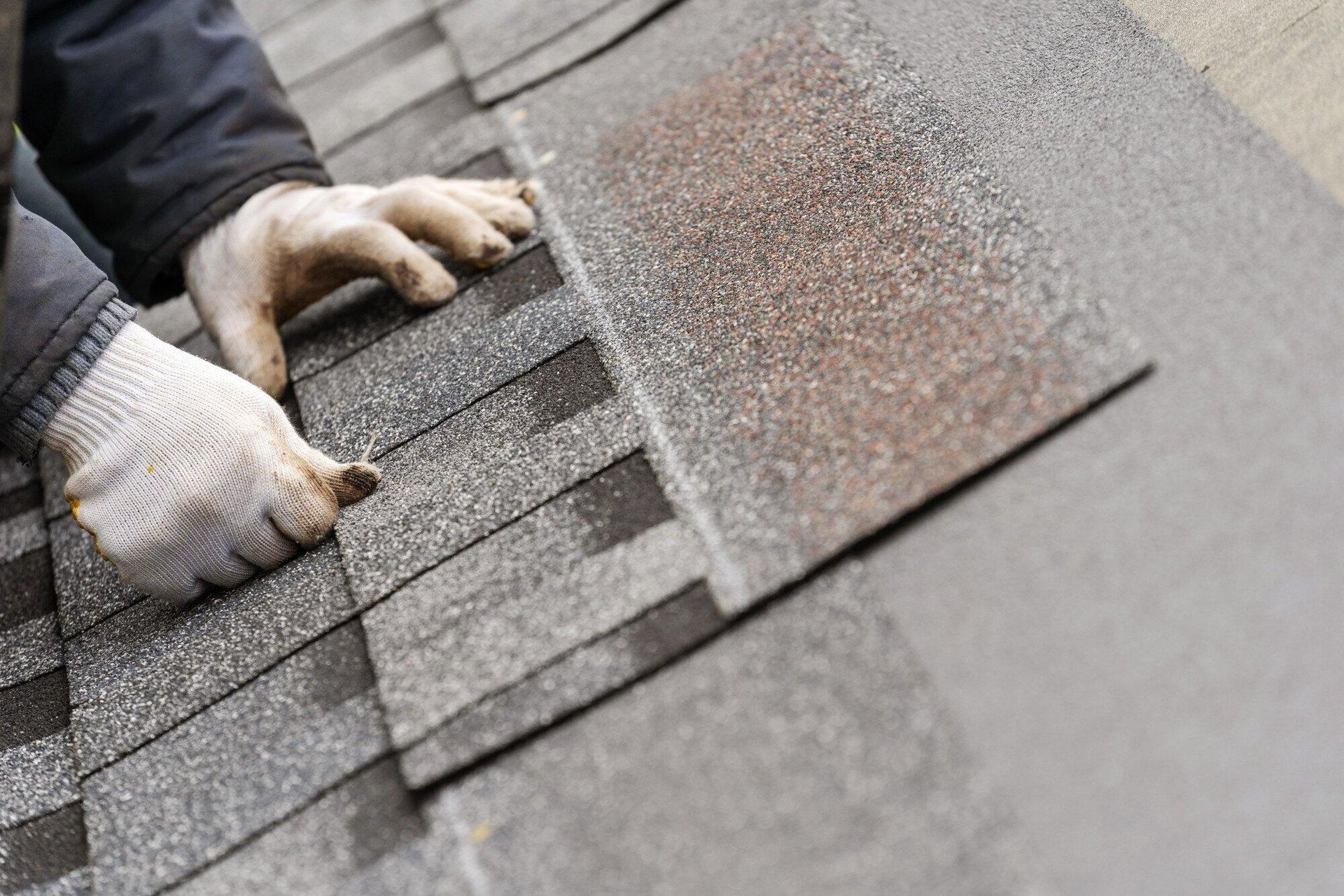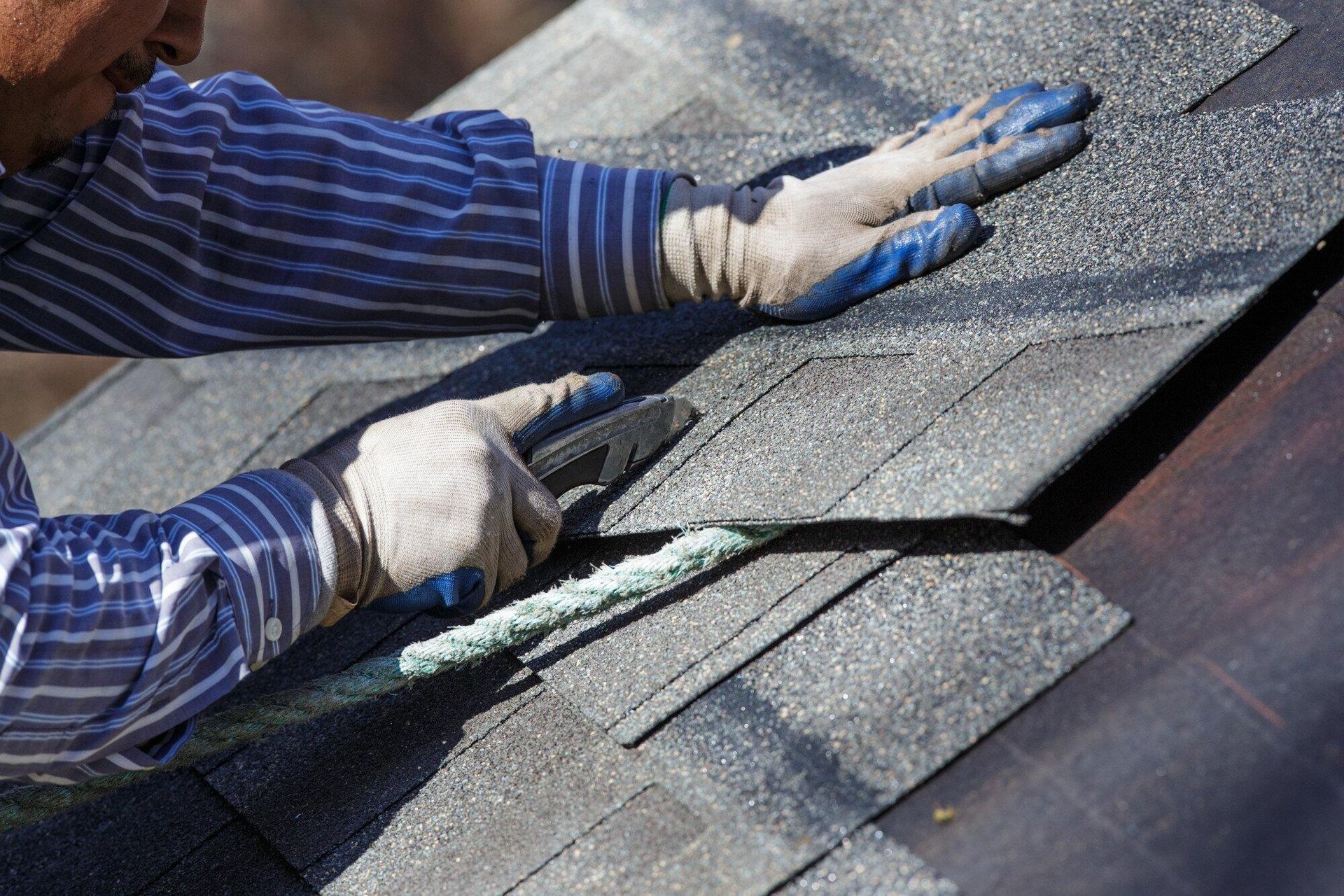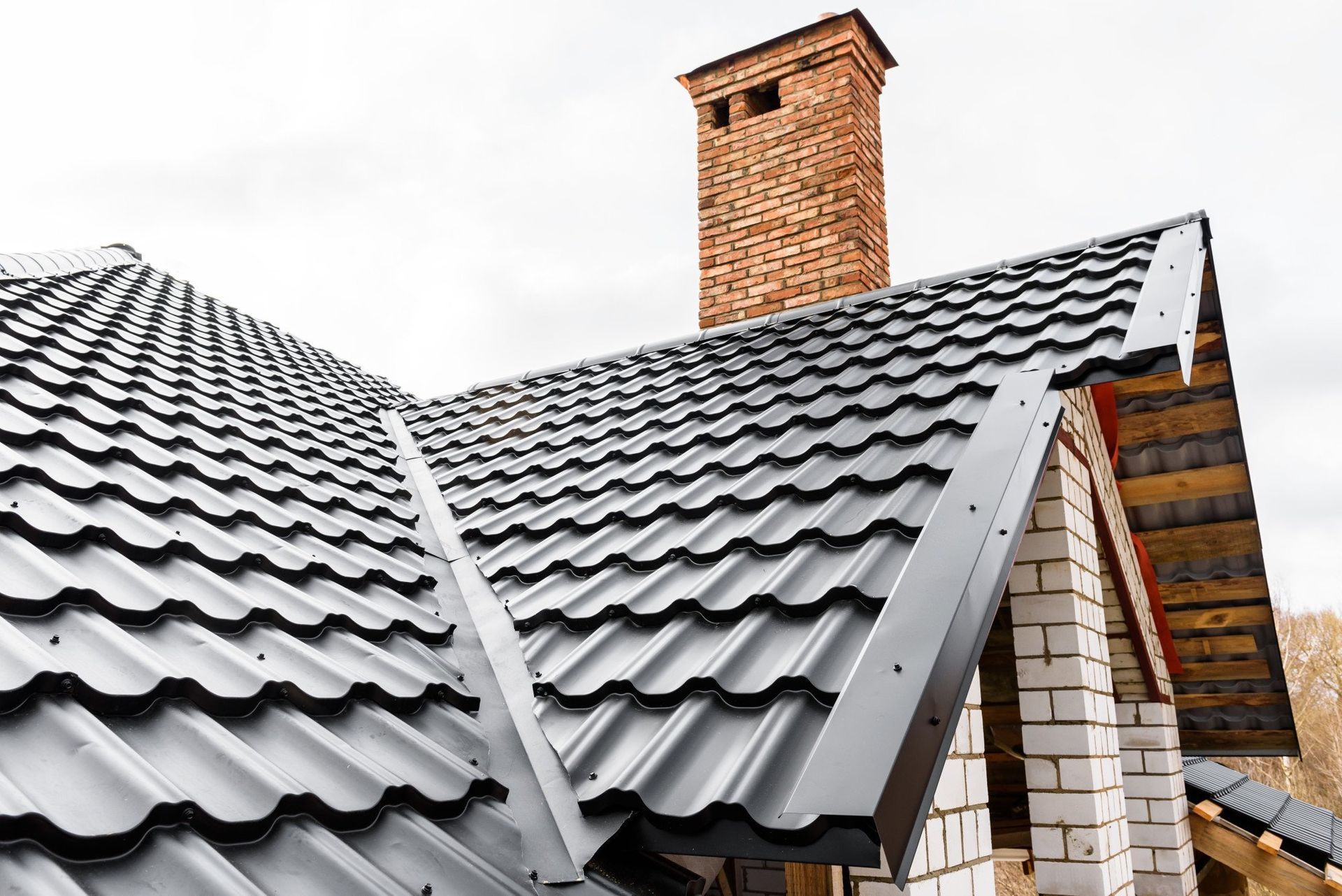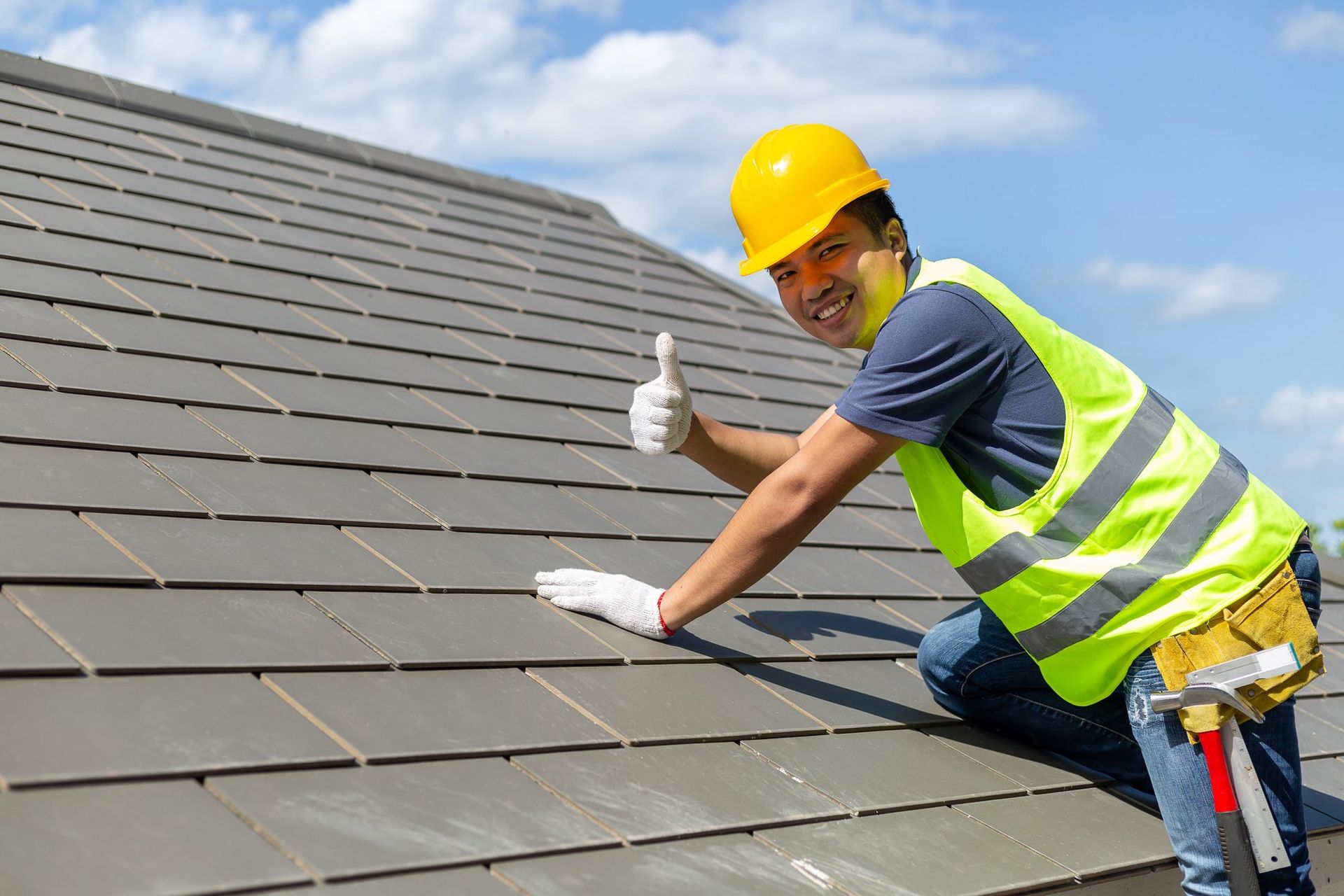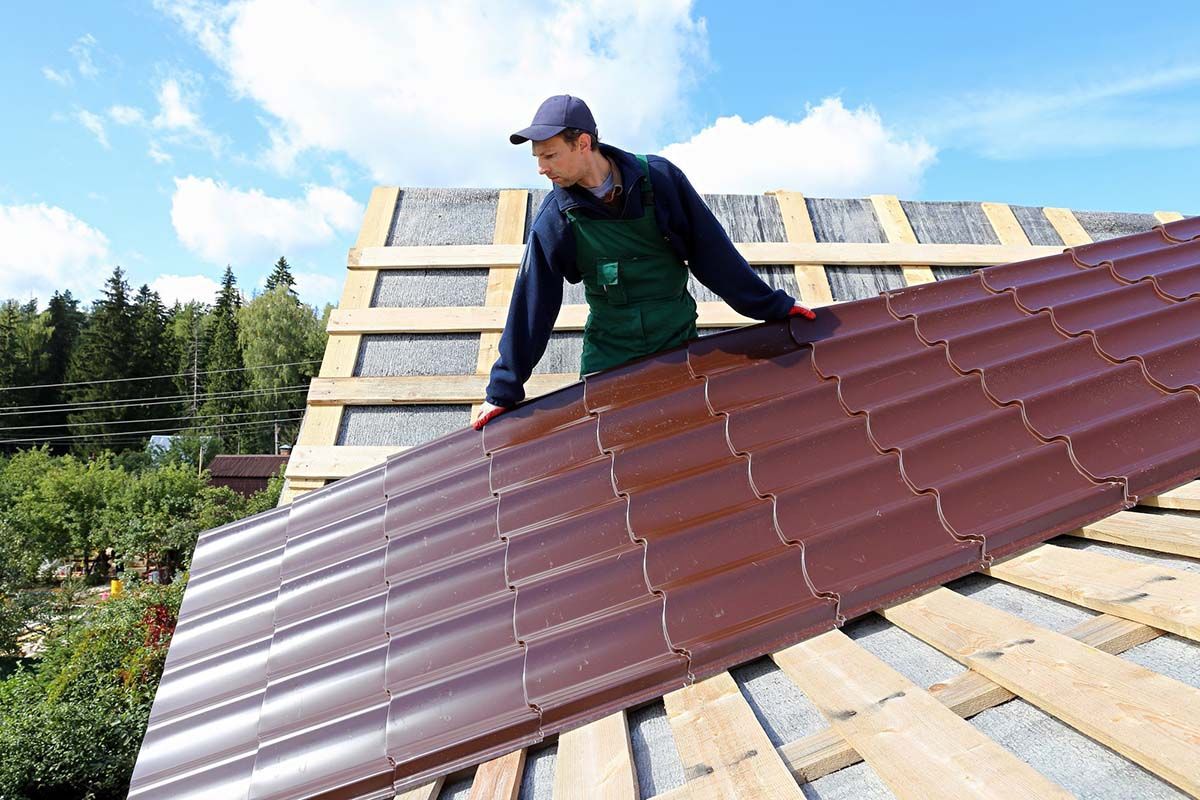Blog Layout
How the Condition of Your Roof Affects Your Homeowners Insurance Policy
Rich Walton • Aug 30, 2023
How the Condition of Your Roof Affects Your Homeowners Insurance Policy
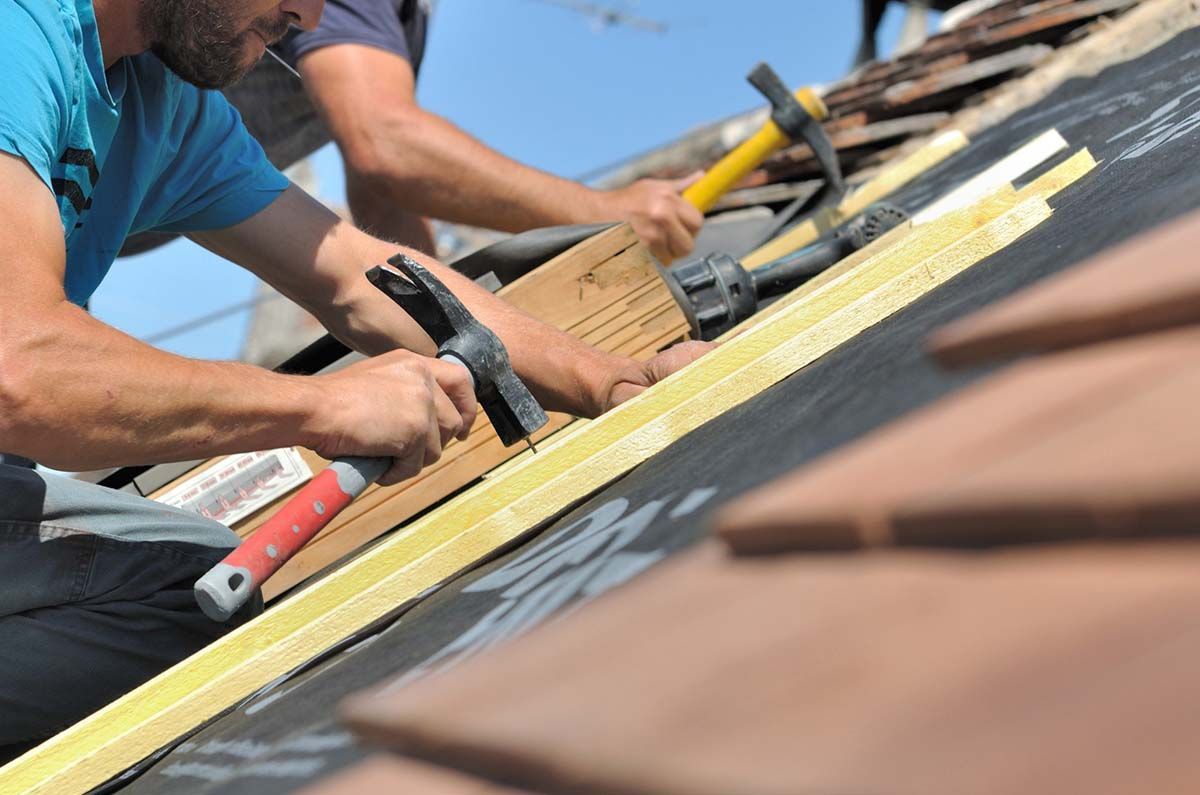
The expected lifespan of an asphalt shingle roof is between 15 to 30 years. Roofs can become damaged as time goes by, and when this happens, it can affect insurance rates.
If you need to make a claim on your roof or if you're starting a new homeowners insurance policy, you may need to make a roof inspection. A roof inspection can affect the insurance premiums that you have, so you need to know what to expect.
Below we'll tell you why roof inspection for insurance is necessary.
What Is a Roof Inspection?
During a roof inspection, an inspector will take a close look at your roof and assess its condition.
They'll do this by examining various factors and will analyze the roof's structural integrity and performance. They'll check your roof thoroughly to discover signs of damage and decay and will determine its overall condition.
There are many different things that a roof inspector may pay attention to during their assessment. This includes roofing materials, decking, flashing, ventilation, caulking, gutters, chimneys, skylights, and seams.
Checking all of these different elements of your roof can allow an inspector to get a good idea of its condition as well as its market value.
With this information, an insurance company will have a much better impression of your roof's condition. They can use the information to determine premiums and decide whether to accept a claim.
Why Do You Need a Roofing Inspection?
Insurance companies may request a roofing inspection if you're renewing a policy or getting a new one. Home insurance companies often require an annual roof inspection to maintain a policy. You may also need to get your roof inspected if you're filing an insurance claim on your roof.
An insurance company will use an inspection to verify that your roof is in good condition and determine the premiums you'll pay for your roof insurance policy. If your roof is in poor condition, made of low-quality materials, or in need of a replacement, your insurance premium is likely to go up drastically.
Getting a roof inspection when requested can help you demonstrate that your roof is in good condition. It can help ensure that your monthly insurance premiums will stay as low as possible.
Benefits of Roof Inspections
In addition to verifying the condition of your roof, there are other benefits to getting a roof inspection as well.
A roof inspection will help you catch minor roof problems that can turn into larger structural issues later on. This can help you take better care of your roof, follow roof maintenance tips, and increase your roof's lifespan while keeping it more energy efficient.
Because a roof inspection will be cheaper than a roof repair, it can save you a lot of money as well. This is because you'll be able to catch problems and fix them in a timely manner before they become more costly to fix.
Roof Factors That Affect Insurance
There are many different factors that can affect your home insurance premiums. Here are some of the main things that can affect home insurance.
Current Condition
The condition of your roof can make a big impact on your premium. If you want to have a low premium, you need to be sure that your roof is in good condition and has reliable performance.
If your roof is worn and is cracking, then it may lead to a higher home insurance premium.
Roof Age
The age of your roof also plays a part in your home insurance premium as well.
If your roof has gotten on in years, then it can be more risky than a brand-new roof. This can cause your insurance premiums to go up.
Region
Keep in mind that you'll likely need to pay a higher insurance premium if you live in a place that often experiences harsh weather conditions.
Harsh weather can cause a lot of damage to a roof and can increase wear and tear. This increased risk could lead to a higher cost of homeowners insurance as well.
What to Do About Denied Claims
If you filed an insurance claim, it could get denied if your roof fails inspection. If you have neglected to take care of your roof properly or if there was pre-existing damage then the insurance company may not accept your claim.
In many cases, there's nothing you can do about this. If your claim isn't accepted, however, there are some things that you can do to have a chance at reversing the decision.
If you gather documentation that you have been maintaining the roof properly, then you may be able to reverse the decision. Alternatively, you may be able to get an inspection from a second inspector. Hiring roof inspection services may allow you to get the claim reopened and reverse the denial.
Finally, you may be able to get legal help with the claim. An attorney can help you communicate with your insurance company more effectively and may help get the claim accepted.
Can You Get Insurance for Old Roofs?
Although replacing your roof can be expensive, doing so can lead to lower home insurance rates. A new roof will be more likely to protect your home from the elements and will be less risky, so it'll be more attractive to insurance companies.
You can get homeowners insurance with an older roof, but the process will be more difficult. You'll also likely end up paying a higher premium. Some insurance companies will refuse to cover a roof that's 20 years old or more.
No matter how old your roof is, it's possible to get insurance for it. However, you'll need to compare your options and find out what's available for your particular situation.
Getting a Roof Inspection for Insurance
If you need to get a roof inspection for insurance, you should understand the benefits that it has. By getting a roof inspection, you'll be able to prove to your insurance company that your roof is in good shape. You'll also be able to increase the lifespan of your roof and can catch problems before they become more serious.
Looking for a roofing company in Sacramento? Contact Garner Roofing today to learn more about what we can do for you.
Share
Tweet
Share
Mail
Metal Roofing Sacramento CA: Inspecting, Buying, and Installing
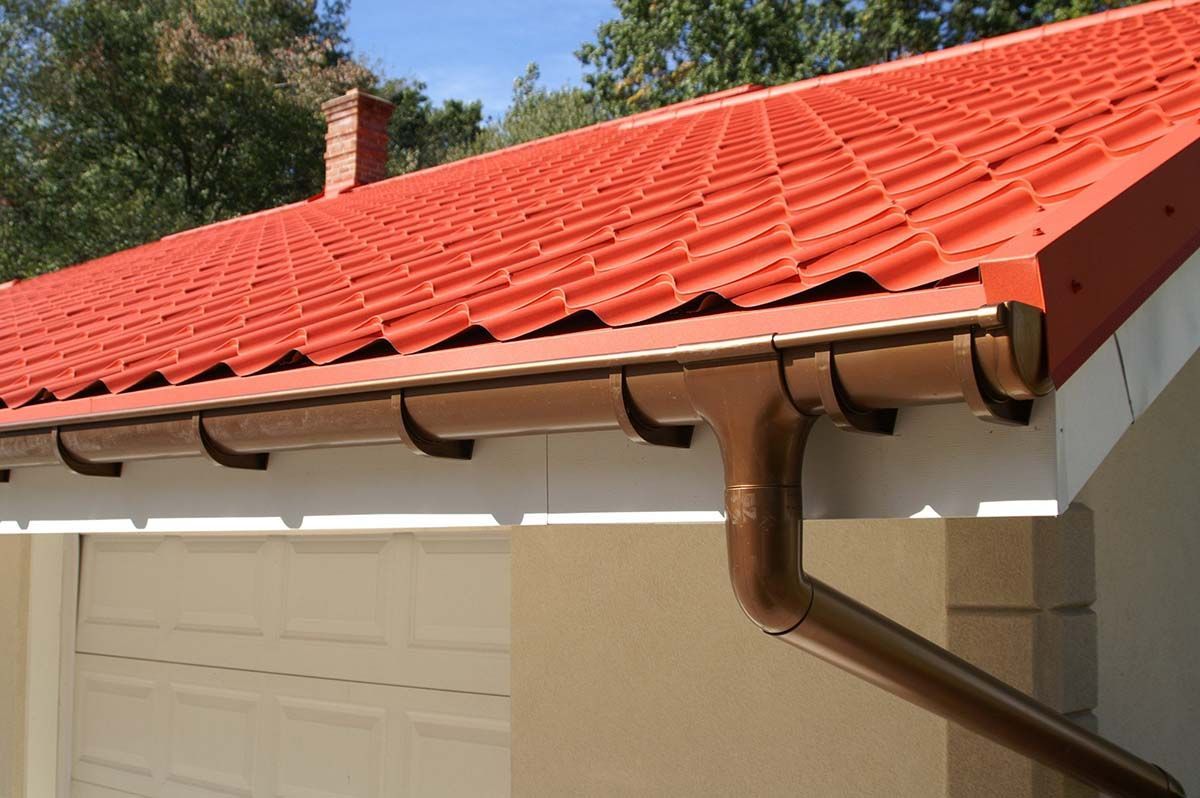
By Rich Walton
•
02 Aug, 2023
When it rains, it pours - especially in California. Homeowners understand the importance of having a reliable gutter system to safeguard their homes from water damage. But, the question often arises - between seamless gutters vs regular gutters, which one is the best choice? The answer depends on various factors like cost, durability, maintenance, and aesthetics. This article will delve into the key differences, advantages, and disadvantages of both gutter types to empower you to make an informed decision. Let's protect your home from the effects of torrential downpours with the right gutter system. What Are Regular Gutters? When you look up at most homes' roofs, the gutters you're likely to see are the regular type. These are your standard gutters, typically seen in a shape known as K-style or half-round. Regular gutters, or sectional gutters, come in pieces that connect to span the length of your roof. These sections, made from materials such as vinyl, aluminum, copper, or steel, usually measure around 10 to 20 feet long. Each piece in this type of gutter has a joint where it connects to another. These joints, or seams, are both the strength and potential weakness of regular gutters. Seams can give the system flexibility but also present opportunities for leaks if they are not sealed correctly. Sectional gutters are a common choice among do-it-yourself enthusiasts because their standard lengths and available connectors allow for straightforward assembly. These gutters can also be a more budget-friendly option, depending on the material chosen. Advantages and Disadvantages of Regular Gutters When discussing the types of gutters, the affordability of regular gutters often comes up as a strong advantage. Sectional gutters are generally less expensive than seamless ones, especially if you're looking at vinyl or aluminum options. This cost-effectiveness makes them a popular choice for many homeowners. Another advantage is the ease of installation. With some basic tools and a bit of know-how, installing sectional gutters can become a rewarding DIY project. Lastly, regular gutters come in a wide variety of colors and materials. This variety gives homeowners the freedom to choose gutters that best complement their home's aesthetic. While regular gutters have their perks, they also come with drawbacks. The most significant is the risk of leaks. Over time, the seams where the gutter sections connect can become weak points. If not sealed properly or if the sealant wears off, water can escape. This causes potential damage to your home's exterior or foundation. Maintenance is another factor to consider. Regular gutters are more prone to clogs from leaves, twigs, and other debris. Without regular cleaning , these blockages can lead to water overflow and damage. Finally, regular gutters, especially those made of vinyl, may not withstand extreme weather conditions as well as seamless gutters. Harsh sun exposure, heavy rain, or snow can cause these gutters to crack or warp over time. As a result, they might need to be replaced sooner than their seamless counterparts. What Are Seamless Gutters? Unlike regular gutters, seamless gutters are precisely what their name suggests: gutters without seams. But how is that possible? These gutters are custom-made from a single piece of material, typically aluminum. They're cut to fit the exact length of your home's roofline. The cutting and shaping usually happen on-site, using a special machine brought by the gutter installation team. The only seams in these gutters are at the corners. This makes them less prone to leaks compared to their sectional counterparts. And while the cost for seamless gutters can be higher, their durability and lower maintenance needs often justify the investment. Advantages and Disadvantages of Seamless Gutters Seamless gutters offer some key advantages. Firstly, they dramatically reduce the chance of leaks. With fewer joints and seams, there are fewer weak points where water can escape. This makes seamless gutters an excellent option for long-term water damage prevention. Next, they require less maintenance. Fewer seams mean less debris accumulation, reducing the risk of clogs and the need for regular cleaning. Lastly, seamless gutters offer a cleaner, more streamlined appearance. Without visible joints, these gutters can enhance your home's curb appeal. While seamless gutters have impressive advantages, they aren't without disadvantages. Their installation requires specialized machinery and skilled professionals. This can make the process more costly. Also, because they're cut to specific lengths on-site, seamless gutters are not a do-it-yourself option. If a section gets damaged, you may need to replace the entire gutter length, adding to the expense. Lastly, while they come in various colors, the material options for seamless gutters can be more limited than for regular gutters. Seamless Gutters vs Regular Gutters: Which is Best for Your Home? When considering gutter options for your home, there's no one-size-fits-all answer. Both seamless and regular gutters have their pros and cons. The best choice largely depends on your specific needs and circumstances. Regular gutters could be a good choice if: You're on a tight budget You don't mind regular maintenance You want a variety of material choices They're also a feasible option if you're a DIY enthusiast who enjoys hands-on home projects. On the other hand, seamless gutters could be your best bet if you're looking for a long-term solution with less maintenance. While the upfront cost can be higher, you may save in the long run by avoiding frequent repairs or replacements. They can also enhance your home's appearance with their smooth, continuous look. The key is to weigh the factors important to you: Cost Maintenance Aesthetics Durability Once you've considered these aspects, making an informed decision between seamless gutters vs regular gutters becomes much easier. And remember, choosing the right gutters is crucial, but equally important is the quality of installation. For that, rely on professionals who understand your local climate and roofing needs. Make the Right Choice for Your Home In the battle of seamless gutters vs regular gutters, the victor truly depends on your home's specific needs. Both gutter types offer distinct advantages, and understanding these can guide you in making the right choice for your home. And, when it comes to installation, it's critical to work with seasoned professionals who understand the unique roofing needs of your community. Garner Roofing, with our extensive experience and unwavering commitment to quality, would be honored to guide you through the process. Don't leave your home's defense to chance. Contact us today for a free quote on your gutter installation.
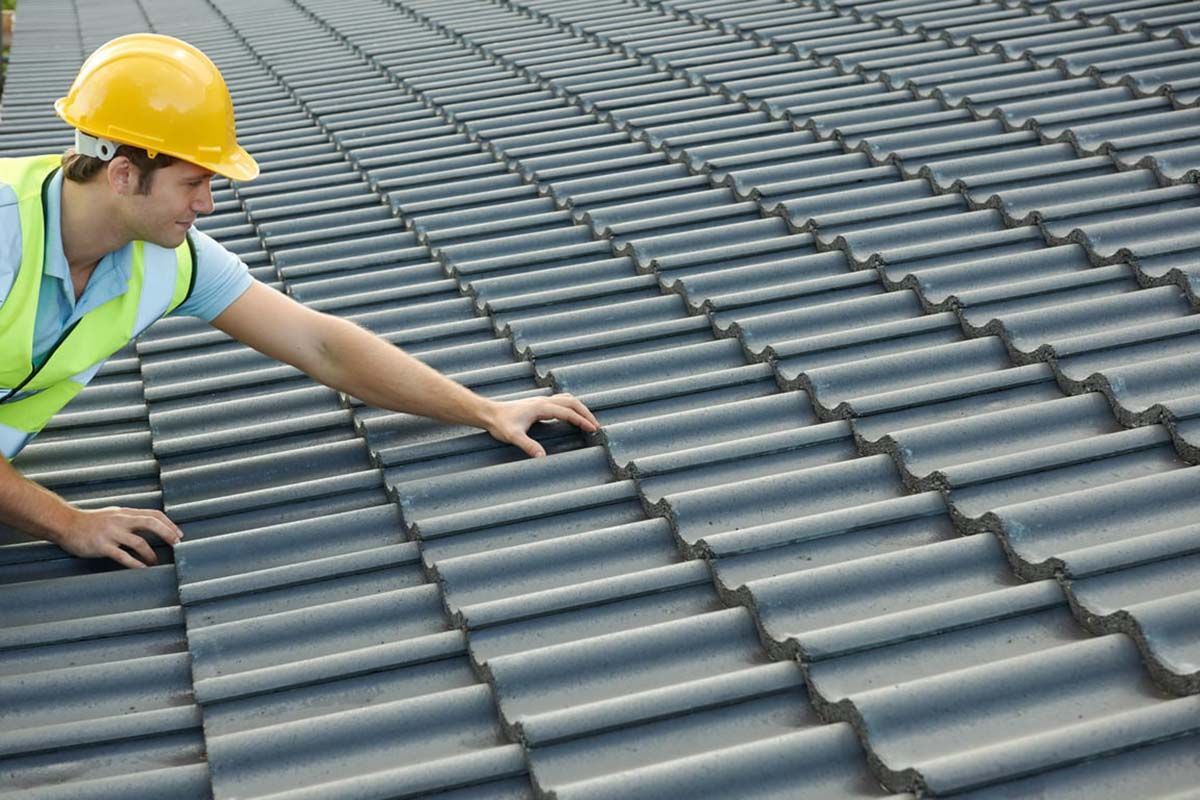
By Rich Walton
•
22 Jun, 2023
The average roof can last anywhere from 20 to 100 years, depending on the material . Of course, you'll only enjoy its full life expectancy if you take good care of it! Our roofs spend so much time baking under the hot California sun that inspections and maintenance are the keys to their long lifespans. That's why experts recommend roofing inspections once a year at a minimum. If you've fallen behind on these check-ups, you may be wondering what to expect. When should you schedule them, for example, and what happens when your contractor arrives? Let's take a look at everything you should expect from your roofing inspection. 1. When to Schedule a Roof Inspection The average property owner should schedule a roof inspection at least once a year. However, there are times when it helps to reach out to a contractor more often. If your roof has significant tree coverage, getting inspections twice a year may help. Branches that break off during inclement weather can fall and damage the surface of your roof. In addition, loose leaves and debris can sometimes encourage the growth of mold, algae, and other moisture-loving nuisances. You should also schedule more frequent inspections if you have an older roof. A roof that has reached the midpoint of its expected lifespan may become more vulnerable to weather damage as it continues to age. It's also a good idea to schedule a roof inspection before buying or selling a property. This can help you determine the condition of the roof as you negotiate the property's sale price and contract terms. Last, you should always reach out for an inspection if you've noticed signs of damage. Missing shingles or roof tiles, broken flashing, attic leaks, and holes in the roof membrane are all red flags. The ideal times of year to schedule a roof inspection are spring and fall. These seasons give you time to prepare for the extreme weather of summer and winter, which can wreak havoc on your roof. They also tend to have mild enough weather to make inspections easier on contractors. 2. How to Prepare for a Roof Inspection There isn't much property owners need to do to prepare, but a few tips can help make your contractor's job easier. First, your contractor will be sure to ask questions about the roof's history. Be sure to gather any documents you have about your roof, including details about its installation and last repairs. This can be especially crucial if you've just bought a property and aren't up to speed on its previous work. If you struggle to find answers, you may be able to look through public records . Next, try to make sure you'll be available throughout the roofing inspection. If your contractor has questions during the inspection, you should be there to answer. If you can safely do so, clear away any leaves, twigs, or other debris on your roof before the inspection. This makes it easier for your contractor to make their assessments. 3. The Cost of a Roof Inspection Roof inspection costs here in California range between $400 and $700. The final price tag will vary based on a few factors. First, your roof itself will influence the cost. The square footage, slope, and accessibility of your roof will determine how much time and effort the contractors will have to spend on the job. Larger roofs may call for additional team members, and steep or less accessible may require special safety equipment. Second, you'll pay more for certain types of roof inspections than others. An inspection that uses infrared technology or a camera-equipped drone, for example, will cost more than a traditional inspection. 4. Areas of Inspection Your contractor will often begin your inspection by climbing up to your roof to check for potential damage or problems. However, you might be surprised to learn that roofing contractors won't just check your roof during an inspection! Back on the ground, they may also check any gutters and downspouts on your property. This can help ensure that these systems function as they should. Your roofer may also request access to your attic. Stains, mildew and mold, cracks and holes, water damage, and other common problems are easy to spot on the wood. Your contractor may also take a moisture reading and check your insulation. Your roofer may also check your property's walls or ceilings. This is especially helpful when you or the contractor have noticed a roof leak that may be draining indoors. 5. What Roof Inspectors Look For During your home or commercial roof inspection, contractors are doing a few things at once: Interior Inspection As noted above, your roofer will perform an interior inspection of your property. During this time, they'll check your attic, ceilings, and walls. Material Inspection As your roof ages, its materials may degrade or grow damaged. Your contractor will check for signs of discoloration, water infiltration, cracks, and other damage. They'll check your shingles or tiles as well as your decking, flashing, vents and soffits, and chimney. If you have skylights or other penetrations, they'll inspect those as well. Workmanship Inspection Your roofing inspector will also check the workmanship of your roof. This ensures that installation issues don't cause problems with your roof. Incorrect or lazy techniques can lower the lifespan of even top-quality materials, so your contractor will take note of anything that should be addressed. Structural Inspection The structural integrity of your roofing system is crucial. A structurally sound roof is better able to withstand impacts and damage. During an inspection, a contractor will check for signs of sagging. This may include damaged collar or rafter ties, sagging ceilings or exterior walls, and damaged rafters. Contact Us for Roofing Inspections Now that you know what to expect, it's time to schedule your inspection! Regular roofing inspections can help you protect your roof and even expand its lifespan. With an experienced roofer to check for small problems before they snowball into massive headaches, you may even be able to avoid the need for costly repairs. If you live in Sacramento or the surrounding areas, our expert team here at Garner Roofing would be happy to perform a complete inspection. Licensed since 1991, our contractors have plenty of experience helping property owners protect their roofs from anything the California weather can throw at them. Contact us today for a free estimate.
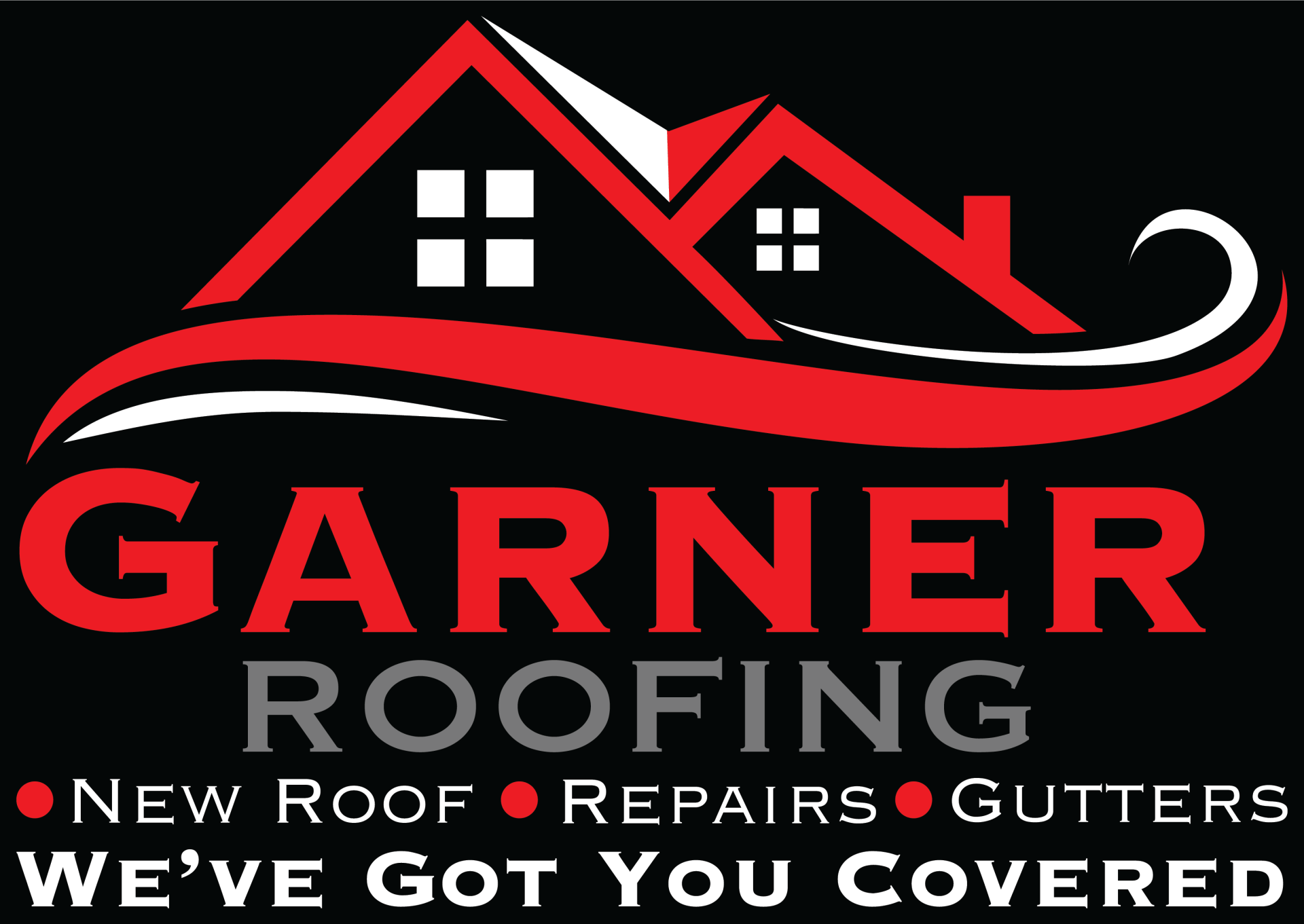
Hours:
Sunday - Closed
Monday - 8:00 am - 6:00 pm
Tuesday - 8:00 am - 6:00 pm
Wednesday - 8:00 am - 6:00 pm
Thursday - 8:00 am - 6:00 pm
Friday - 8:00 am - 6:00 pm
Saturday - 8:00 am - 4:00 pm
© 2024
All Rights Reserved | Garner Roofing | Powered by Aletheia Digital
